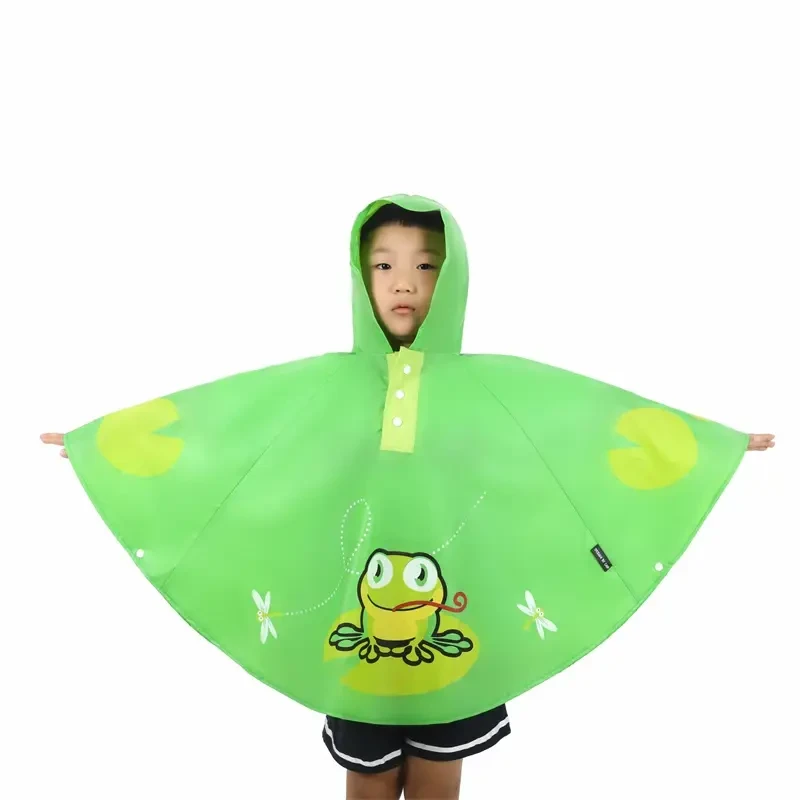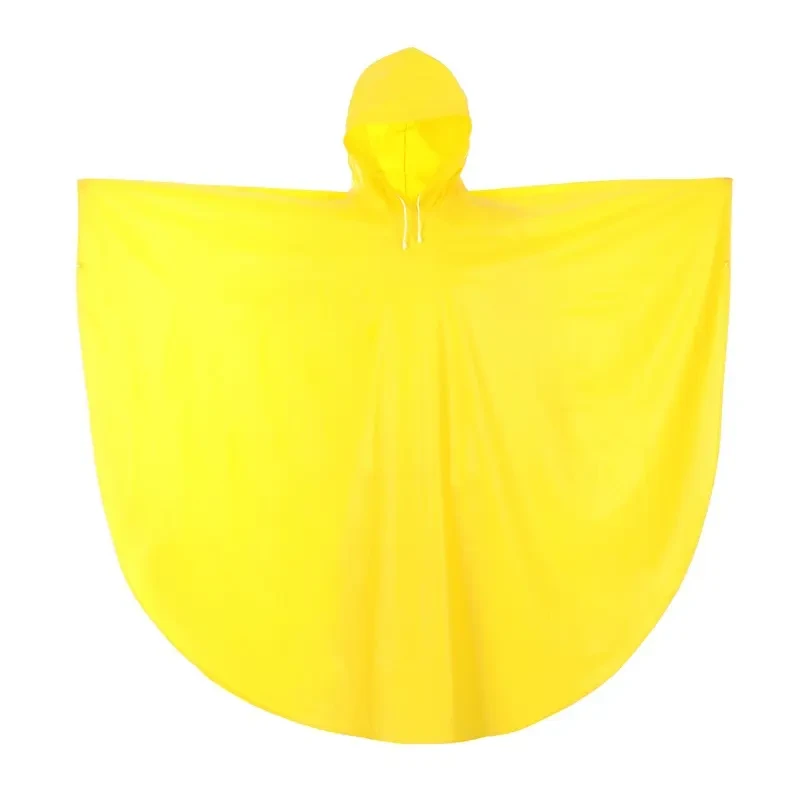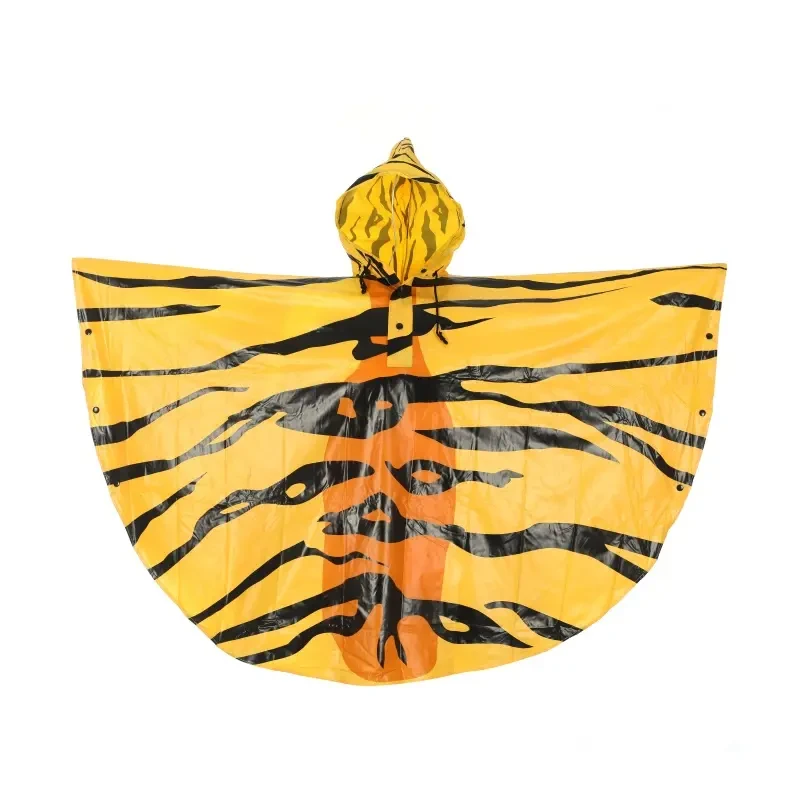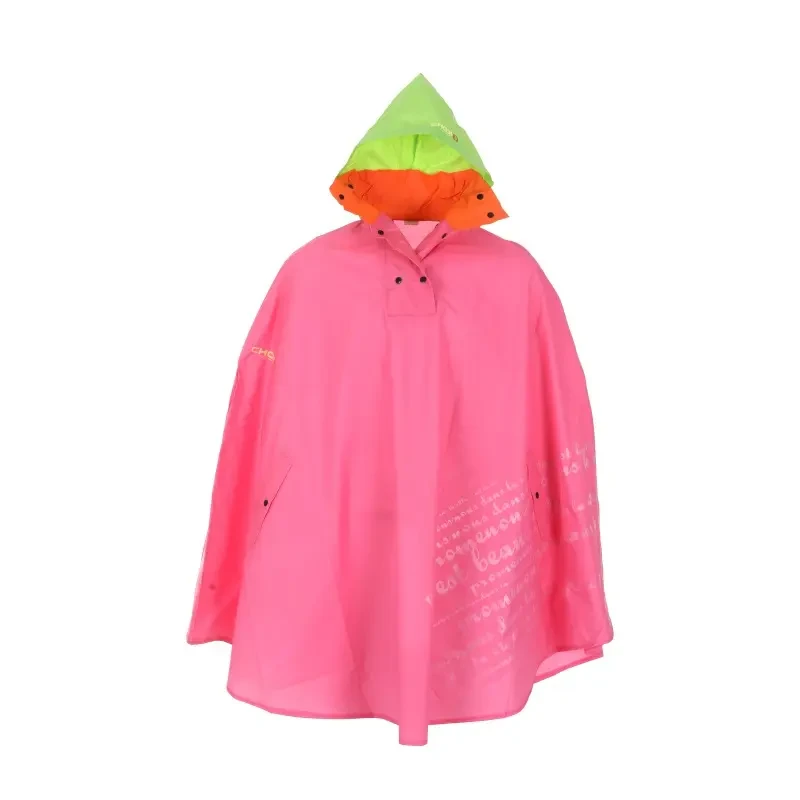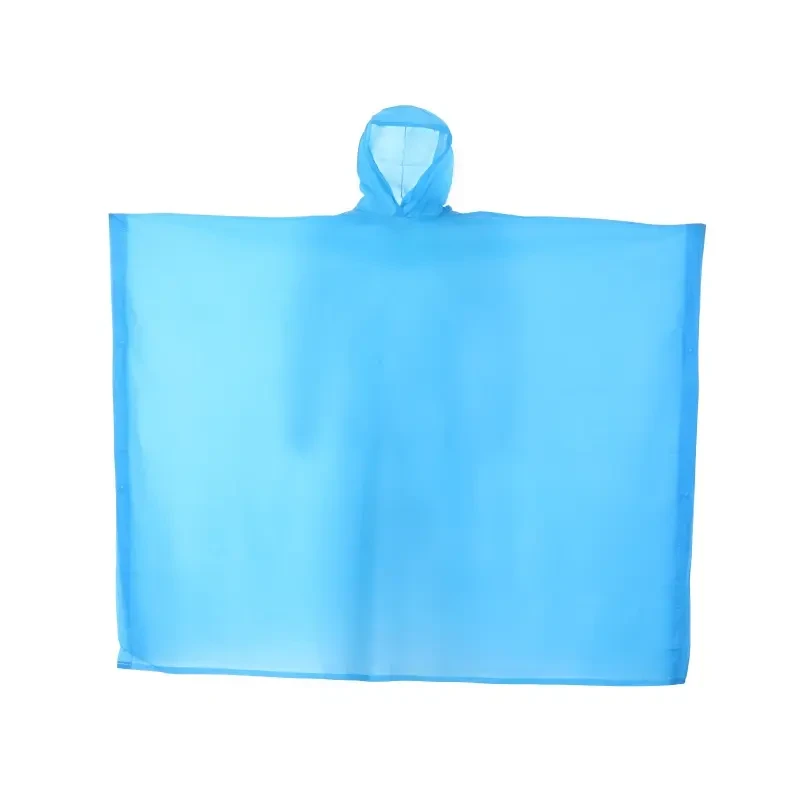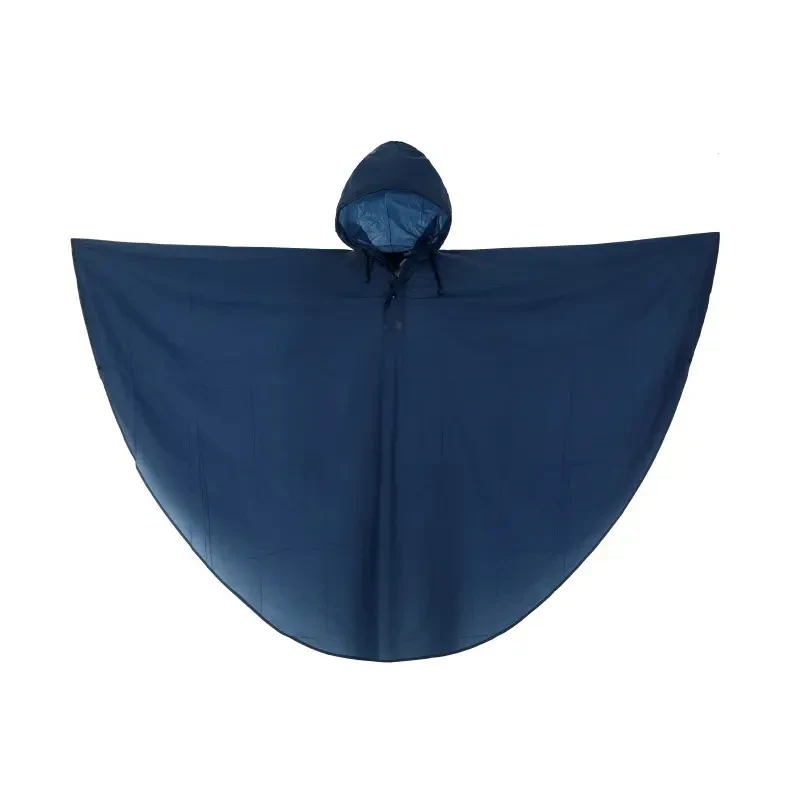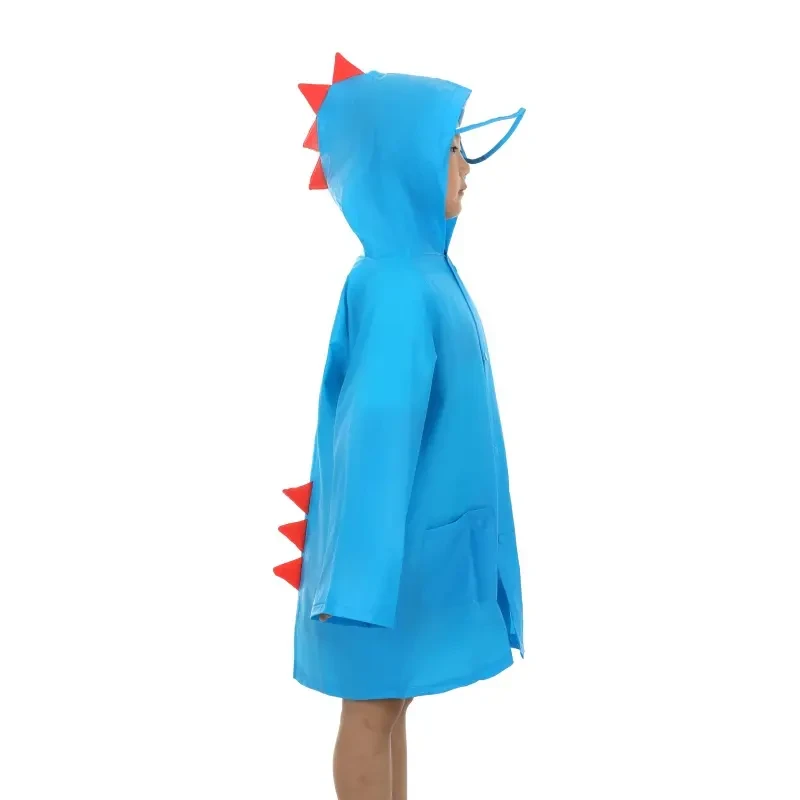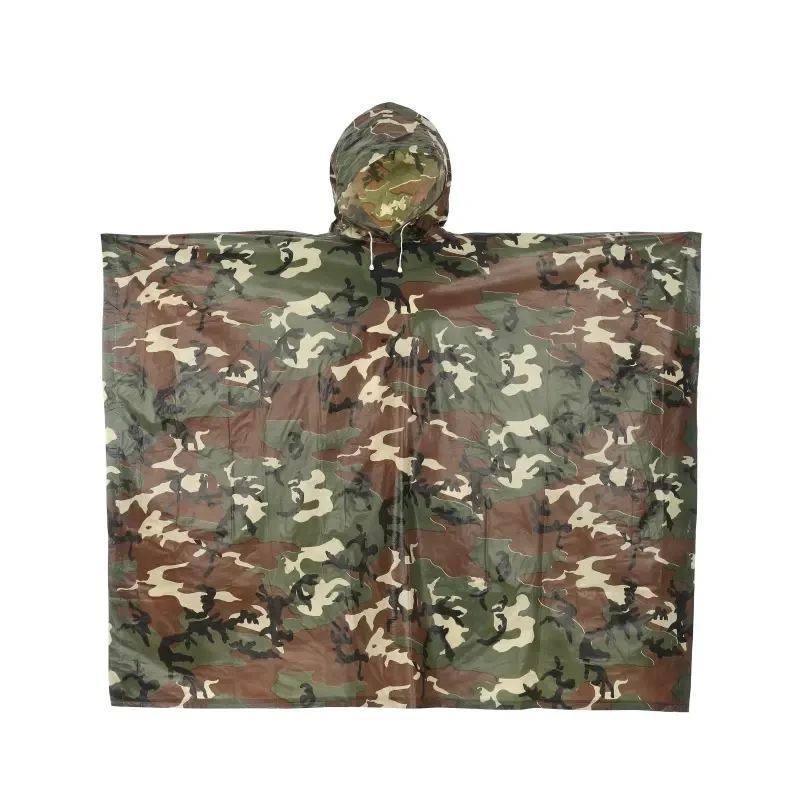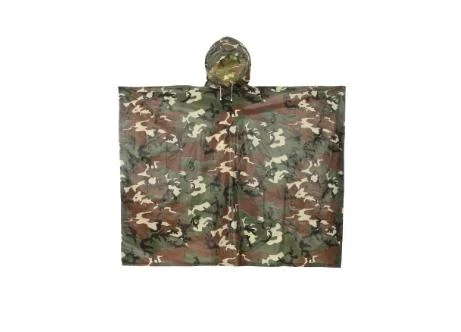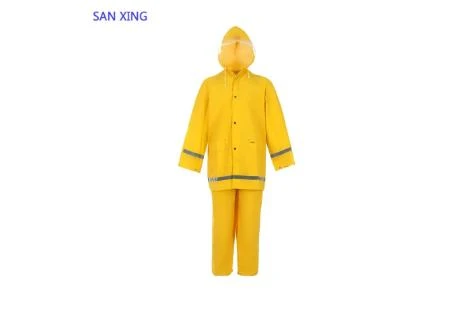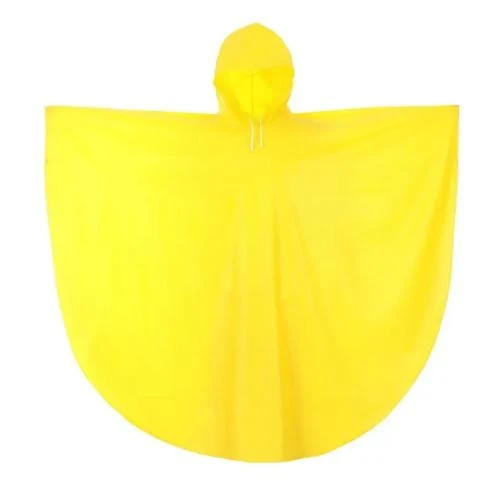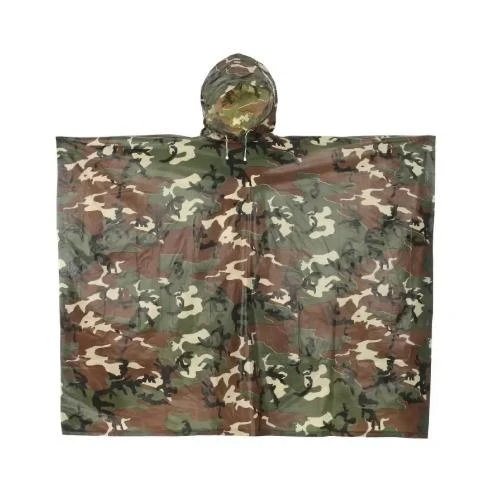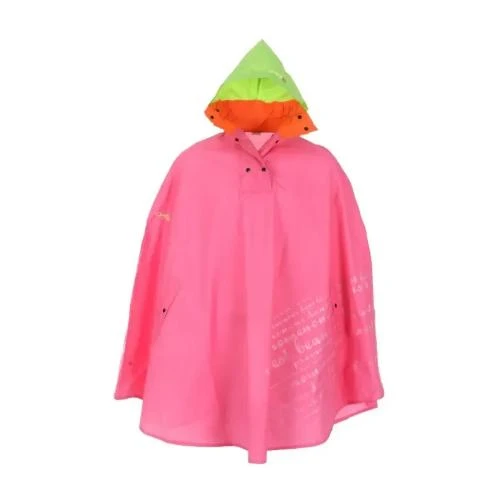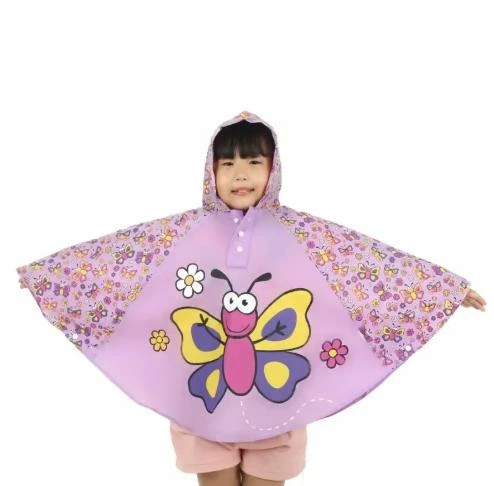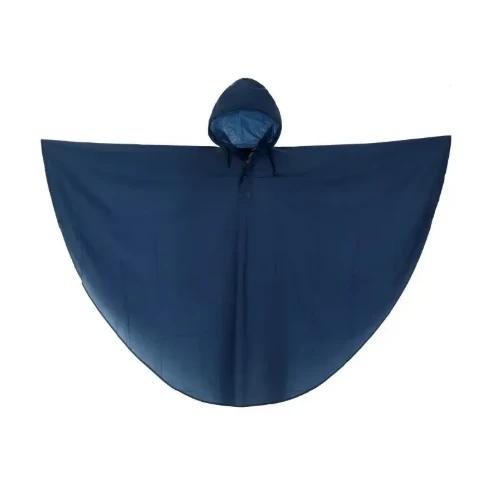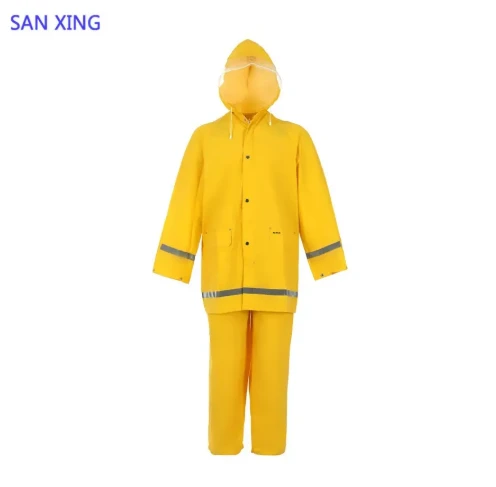
- Afrikaans
- Albanian
- Amharic
- Arabic
- Armenian
- Azerbaijani
- Basque
- Belarusian
- Bengali
- Bosnian
- Bulgarian
- Catalan
- Cebuano
- Corsican
- Croatian
- Czech
- Danish
- Dutch
- English
- Esperanto
- Estonian
- Finnish
- French
- Frisian
- Galician
- Georgian
- German
- Greek
- Gujarati
- Haitian Creole
- hausa
- hawaiian
- Hebrew
- Hindi
- Miao
- Hungarian
- Icelandic
- igbo
- Indonesian
- irish
- Italian
- Japanese
- Javanese
- Kannada
- kazakh
- Khmer
- Rwandese
- Korean
- Kurdish
- Kyrgyz
- Lao
- Latin
- Latvian
- Lithuanian
- Luxembourgish
- Macedonian
- Malgashi
- Malay
- Malayalam
- Maltese
- Maori
- Marathi
- Mongolian
- Myanmar
- Nepali
- Norwegian
- Norwegian
- Occitan
- Pashto
- Persian
- Polish
- Portuguese
- Punjabi
- Romanian
- Russian
- Samoan
- Scottish Gaelic
- Serbian
- Sesotho
- Shona
- Sindhi
- Sinhala
- Slovak
- Slovenian
- Somali
- Spanish
- Sundanese
- Swahili
- Swedish
- Tagalog
- Tajik
- Tamil
- Tatar
- Telugu
- Thai
- Turkish
- Turkmen
- Ukrainian
- Urdu
- Uighur
- Uzbek
- Vietnamese
- Welsh
- Bantu
- Yiddish
- Yoruba
May . 31, 2025 05:32
- Market demand and growth statistics for waterproof summer outerwear
- Advanced material technology breakthroughs in lightweight rainwear
- Comparative analysis of major manufacturers' offerings
- Tailored design solutions for different user requirements
- Industry-specific applications across various sectors
- Performance metrics and durability testing results
- Selection criteria for optimal comfort and protection
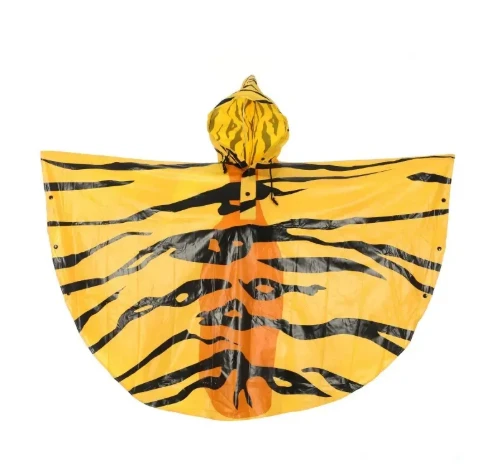
(summer rain coat)
Protecting Against Summer Showers with Smart Rainwear
The global market for specialized summer rainwear has expanded by 17.4% annually since 2020, driven by increasingly unpredictable weather patterns. Consumers no longer accept the traditional trade-off between protection and comfort - they demand breathable solutions that provide waterproof security without causing overheating. Manufacturers have responded with innovative fabric technologies that offer hydrostatic resistance exceeding 20,000mm while maintaining air permeability rates above 15,000g/m²/24h. These technical advancements have redefined expectations for warm-weather precipitation gear across genders and activities.
Material Science Revolutionizing Rainwear
Leading brands have deployed nanotechnology coatings that create molecular barriers 10,000 times thinner than human hair yet completely impervious to water. These micro-porous membranes feature directional moisture transport systems that guide vapor away from the body. Third-generation laminates like eVent® Active and NeoShell® utilize hydrophilic polymers that actively pump perspiration outward while maintaining 100% waterproof integrity. Weight reduction remains critical - premium fabrics achieve waterproof protection at just 40g/m², nearly 65% lighter than traditional rubberized materials. Such innovations deliver measurable performance advantages:
- Moisture vapor transfer rates increased from 5,000 to 20,000+ RET units
- DWR (Durable Water Repellency) effectiveness lasting 80+ washes
- Full waterproof integrity maintained after 20,000+ abrasion cycles
- UV protection exceeding UPF50+ without additional chemical treatment
Performance Benchmark: Manufacturer Comparison
| Brand | Fabric Technology | Waterproof Rating | Breathability | Weight (g) | Price Point ($) |
|---|---|---|---|---|---|
| WeatherMax Pro | Tri-Layer NanoTex | 25,000mm | 18,000g | 210 | 145-175 |
| AquaShield Elite | Quad-Weave Membrane | 28,500mm | 16,500g | 195 | 160-190 |
| StormTech Ultra | Ventilated MicroGrid | 22,000mm | 20,000g | 185 | 175-210 |
| RainDefy Performance | Bionic FeatherWeave | 30,000mm | 15,000g | 225 | 135-160 |
Comparative data based on independent laboratory testing (ISTA Protocol 8B)
Personalized Design Approaches
Progressive manufacturers now employ 3D body scanning technology to create anatomical patterning that mirrors natural movement. This tailoring revolution eliminates restriction points while optimizing coverage - articulated elbows provide 180-degree mobility, gusseted underarms increase ventilation by 40%, and tapered waistlines prevent water ingress. For commuters, integrated features include magnetic flap closures that eliminate snap failures and hidden ventilation panels deployed through collar-slider mechanisms. Outdoor enthusiasts benefit from asymmetric hood designs maintaining 240° visibility during downpours. Performance optimization varies across genders:
- Women's specific designs: Contoured torsos with variable hem lengths (60-75cm), stretch side panels expanding 150%
- Men's technical builds Extended shoulder articulation with 40mm drop compensation, reinforced saddle areas
- Unisex solutions: Adjustable waist cinches (30cm range), convertible sleeve lengths via magnetic seams
Modular component systems allow wearers to replace critical parts like underarm vents or wrist gaiters without replacing the entire garment.
Sector-Specific Implementation Cases
Construction companies utilizing summer rainwear reported 45% fewer heat-stress incidents compared to standard waterproofs during bridge projects in Thailand. Cycling apparel brands integrated moisture-sensing technology that automatically opens ventilation channels when humidity inside the coat exceeds 65%. European postal services equipped carriers with electrically heated drying systems that activate during breaks, maintaining thermal comfort during 8-hour shifts. Perhaps most impressively, healthcare workers noted 38% reduction in perspiration accumulation under PPE during monsoon season deployments after adopting three-layer laminated coats instead of traditional plastic coverings.
Verified Performance Metrics
Laboratory verification confirms premium summer raincoats withstand simulated heavy precipitation (100mm/hour) for six hours without leakage. Seam taping processes now utilize laser-guided application achieving 99.98% coverage accuracy. Color retention testing shows less than 5% fade after 500 hours of UV exposure. More significantly, longitudinal field studies reveal average garment longevity:
- Casual use: 8-10 seasons before performance degradation
- Professional/commercial applications: 5 seasons (approx. 400 full-day uses)
- Active outdoor recreational use: 7 seasons (300+ outings)
These durability metrics combined with significantly reduced material consumption (average 17% less fabric per unit than 2015 designs) deliver substantial sustainability advantages.
Maximizing Summer Wet-Weather Comfort
Selecting optimal summer rain protection requires evaluating three core performance dimensions: hydrostatic resistance (minimum 15,000mm for severe storms), moisture vapor transmission rate (above 15,000g for tropical conditions), and fabric density (35-60g/m² ideal for summer rain coat
requirements). Contemporary designs incorporate physiological monitoring through wearable technology, allowing manufacturers to refine ventilation zone placement with millimeter precision. This scientific approach ensures modern summer rain coat options eliminate the traditional compromise between waterproof integrity and thermal comfort. Whether seeking performance summer rain coat womens styling with ergonomic tailoring or robust summer rain coat mens technical builds, today's engineered solutions deliver measurable protection against precipitation while maintaining critical airflow.

(summer rain coat)
FAQS on summer rain coat
Q: What materials are best for a summer rain coat?
A: Lightweight, waterproof fabrics like nylon or polyester with breathable linings are ideal. These materials repel rain while preventing sweat buildup, keeping you comfortable in warm, wet weather.
Q: Are summer rain coats for women designed differently than men's?
A: Yes, women’s summer rain coats often feature tailored fits, adjustable waistlines, and vibrant colors. Men’s styles prioritize relaxed cuts and neutral tones, though both focus on lightweight waterproofing.
Q: Can a summer rain coat be worn in non-rainy weather?
A: Absolutely! Many summer rain coats are packable and stylish enough for sunny days. Their breathable design makes them versatile for travel or unpredictable weather.
Q: How do I choose the right size for a summer rain coat?
A: Check the brand’s sizing chart and consider layering. Opt for a slightly roomy fit if you plan to wear thicker clothes underneath, but avoid excess bulk for summer use.
Q: Do summer rain coats for men come with ventilation features?
A: Yes, many include mesh-lined pockets, underarm vents, or back flaps. These enhance airflow while maintaining waterproof protection during humid or active use.
Related Products
Related News



